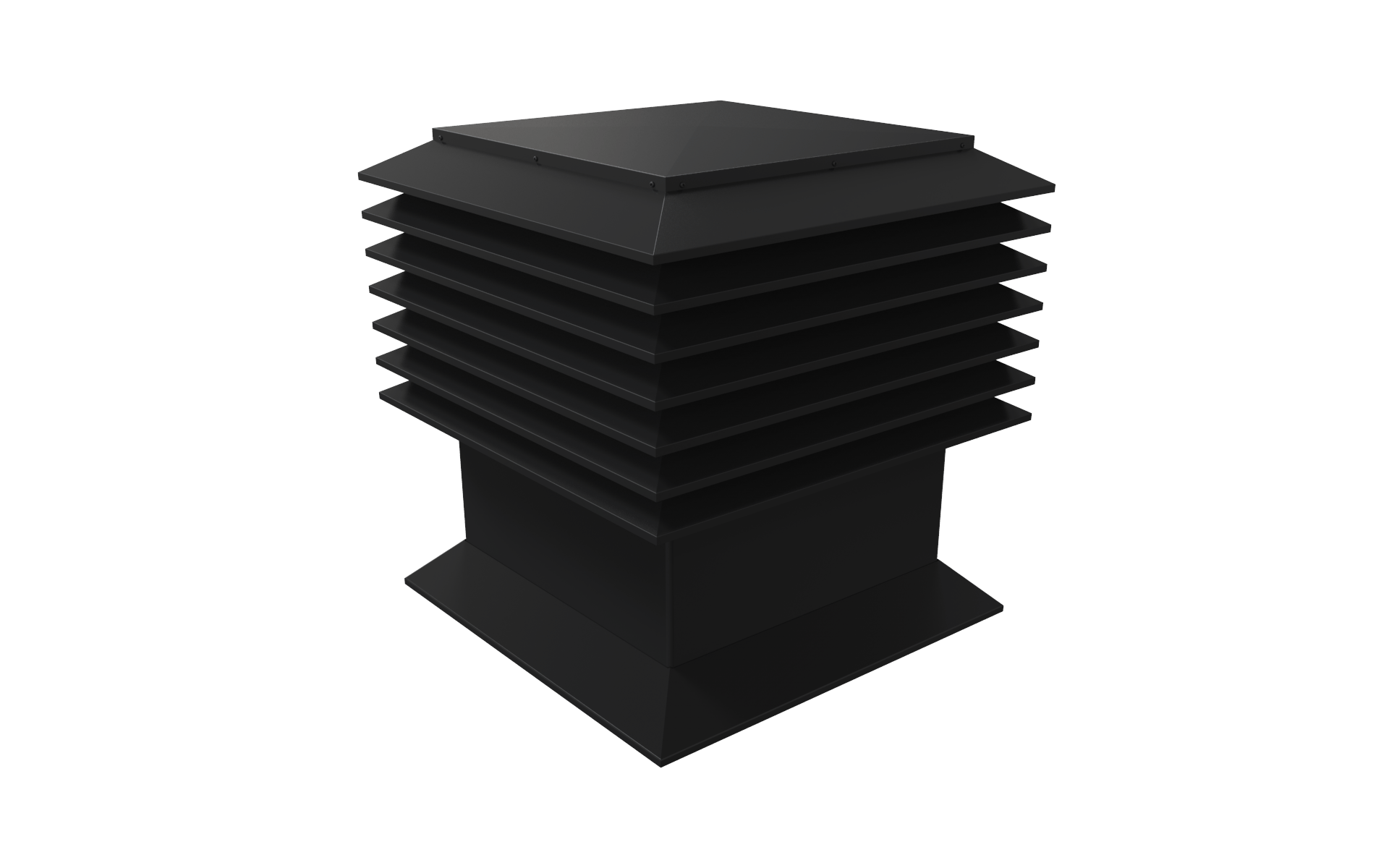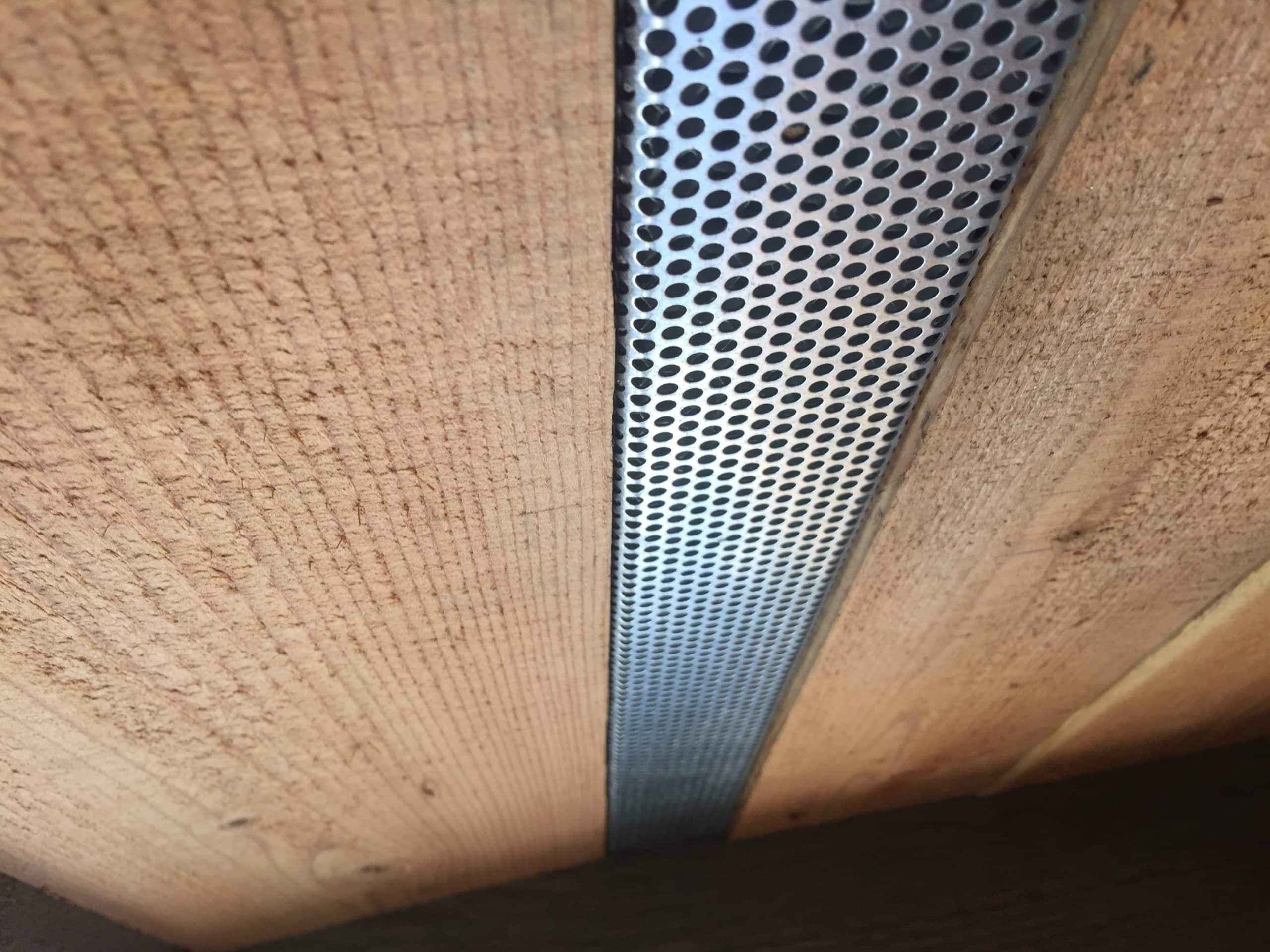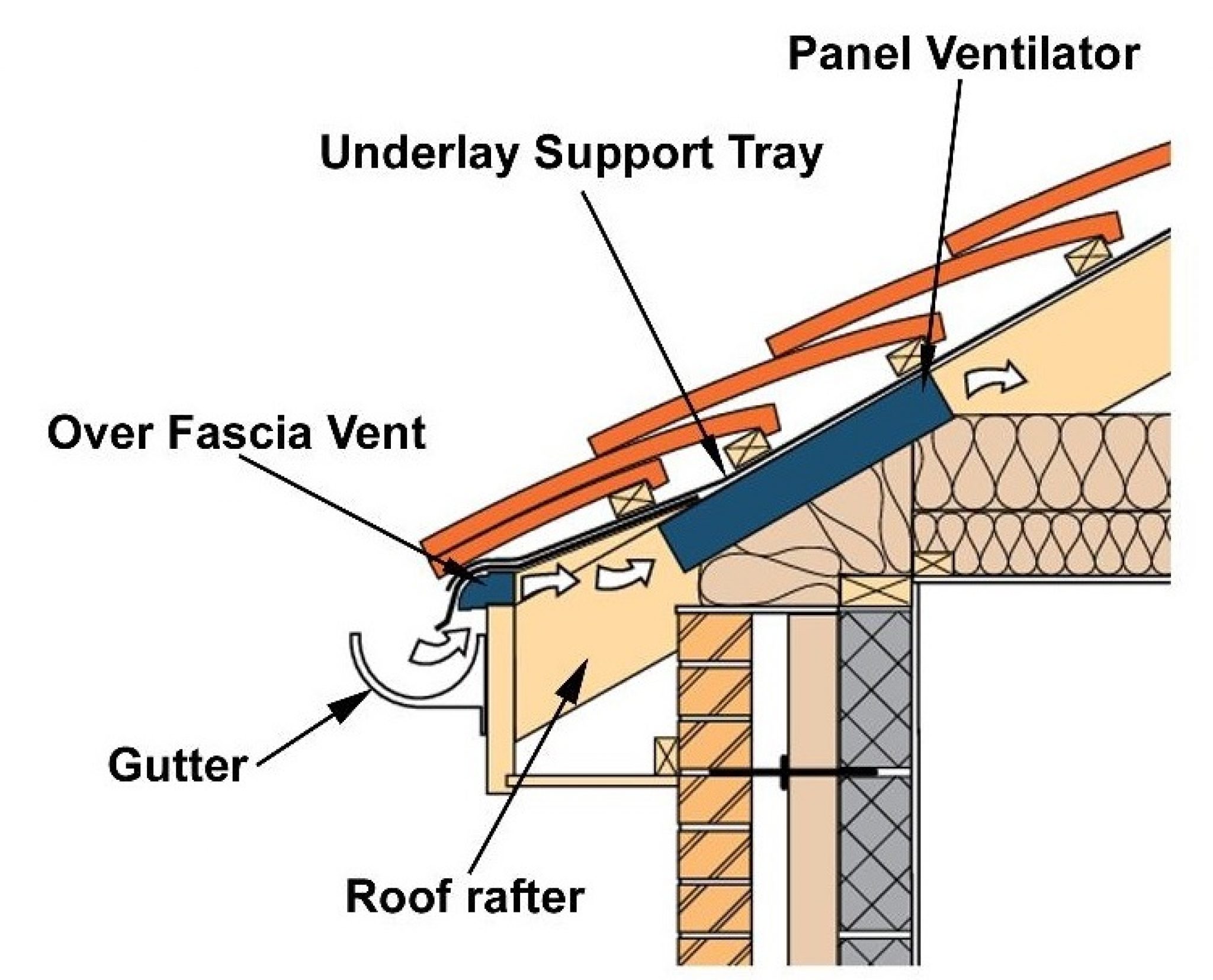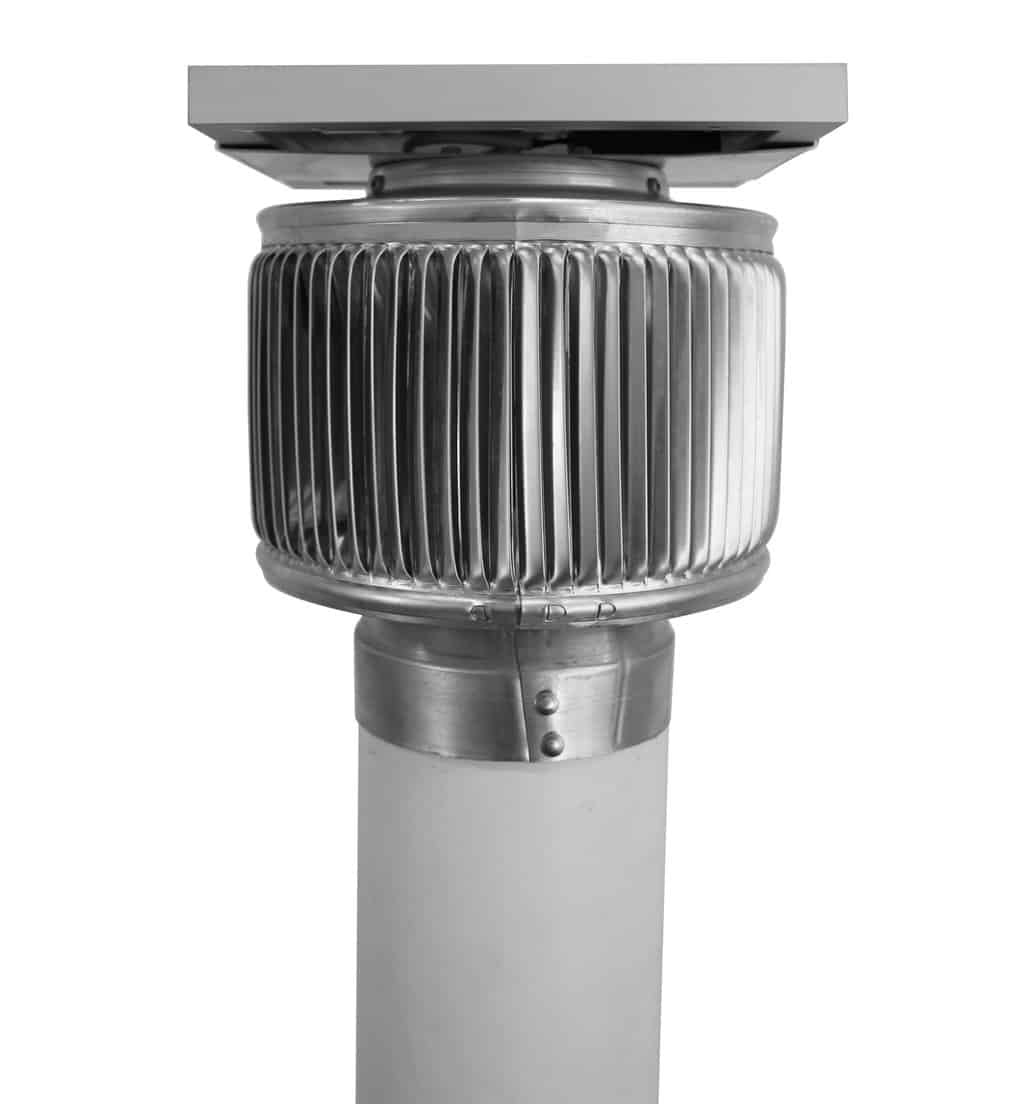Are you tired of poor roof ventilation leading to moisture buildup, mold growth, and energy inefficiency? Follow our detailed guide and elevate your home’s ventilation to new heights with a 4-Inch PVC Vent Pipe installation.
Proper roof ventilation ensures a healthy and energy-efficient home. Without proper ventilation, your attic can overheat, leading to premature roof damage and reduced indoor air quality.
A 4-Inch PVC Vent Pipe Installation Guide For Maximum Roof Ventilation is an effective and affordable solution to improve air circulation and prevent related problems.
In this comprehensive guide, we will walk you through every step of the installation process, ensuring maximum roof ventilation and a healthier home environment.
4-Inch PVC Vent Pipe Installation Guide For Maximum Roof Ventilation
A 4-Inch PVC Vent Pipe Installation Guide For Maximum Roof Ventilation is a straightforward project that can be completed in a few hours. Follow these steps to ensure a proper installation:
- Gather materials: You will need a 4-inch PVC vent pipe, a vent cap, a flashing, a PVC cutter, a drill, and screws.
- Determine location: Choose a location on the roof where the vent pipe will be installed. The vent should be placed highest point of the roof.
- Cut the pipe: Cut the PVC pipe to the desired length, ensuring it extends above the roofline.
- Install the flashing: Place the flashing around the pipe and secure it with screws. The flashing will prevent water from leaking around the pipe.
- Install the vent cap: Attach the vent cap to the top of the pipe and secure it with screws.

Benefits of a 4-Inch PVC Vent Pipe Installation Guide For Maximum Roof Ventilation
A 4-Inch PVC Vent Pipe Installation Guide For Maximum Roof Ventilation offers numerous benefits for your home.
- Improved air circulation: The vent pipe allows warm, moist air to escape from the attic, preventing condensation and mold growth.
- Reduced energy consumption: Proper ventilation helps regulate attic temperatures, reducing the load on your HVAC system and lowering energy bills.
- Prevented roof damage: Excessive heat and moisture can damage your roof. Ventilation helps prevent these issues, extending the life of your roof.
The History and Myths of 4-Inch PVC Vent Pipe Installation Guide For Maximum Roof Ventilation
The use of vent pipes for roof ventilation has a long history. In the early days, wooden or metal pipes were used. PVC pipes became popular in the mid-20th century due to their durability, affordability, and ease of installation.
There are some myths surrounding 4-Inch PVC Vent Pipe Installation Guide For Maximum Roof Ventilation.
- Myth: Vent pipes are only necessary for large homes.
Fact: Even small homes benefit from proper ventilation. - Myth: Vent pipes can cause leaks.
Fact: When installed properly, vent pipes are designed to prevent leaks.

The Hidden Secrets of 4-Inch PVC Vent Pipe Installation Guide For Maximum Roof Ventilation
Beyond the obvious benefits, there are hidden secrets to maximizing the effectiveness of your 4-Inch PVC Vent Pipe Installation Guide For Maximum Roof Ventilation.
- Multiple vents: Installing multiple vents can improve air circulation and prevent dead spots.
- Insulated pipes: Insulating the vent pipe can prevent condensation from forming inside the pipe.
- Regular maintenance: Periodically inspect and clean the vent pipe to ensure proper airflow.

Recommendations for 4-Inch PVC Vent Pipe Installation Guide For Maximum Roof Ventilation
To ensure the best possible results, consider these recommendations for your 4-Inch PVC Vent Pipe Installation Guide For Maximum Roof Ventilation:
- Choose a high-quality vent pipe and cap made from durable materials.
- Install the vent pipe in a location where it will not be obstructed by other roof features.
- Consider installing multiple vents for optimal air circulation.
- Insulate the vent pipe to prevent condensation.

Additional Tips for 4-Inch PVC Vent Pipe Installation Guide For Maximum Roof Ventilation
- Use a level to ensure the vent pipe is installed plumb.
- Seal all joints with silicone caulk to prevent leaks.
- Paint the vent pipe to match the color of your roof for a discreet appearance.

Troubleshoot Common Issues with 4-Inch PVC Vent Pipe Installation Guide For Maximum Roof Ventilation
- No airflow: Check for obstructions in the pipe or vent cap.
- Leaks: Ensure all joints are properly sealed and the flashing is installed correctly.
- Condensation: Insulate the vent pipe to prevent moisture from forming.

Fun Facts about 4-Inch PVC Vent Pipe Installation Guide For Maximum Roof Ventilation
- A properly ventilated roof can reduce attic temperatures by up to 50 degrees Fahrenheit.
- Vent pipes can help prevent ice dams from forming on your roof in winter.
- Installing a vent pipe is a relatively inexpensive way to improve the overall health of your home.
How to Calculate the Size of a 4-Inch PVC Vent Pipe Installation Guide For Maximum Roof Ventilation
The size of the vent pipe you need will depend on the size of your attic and the amount of ventilation required.
- Measure the square footage of your attic.
- Multiply the square footage by 0.005 to determine the minimum size of the vent pipe in square inches.
- Convert the square inches to the nearest standard pipe size.

What Happens if You Don’t Install a 4-Inch PVC Vent Pipe Installation Guide For Maximum Roof Ventilation?
Failing to install a 4-Inch PVC Vent Pipe Installation Guide For Maximum Roof Ventilation can lead to several problems, including:
- Moisture buildup in the attic
- Mold growth
- Premature roof damage
- Increased energy consumption

Listicle of Benefits of a 4-Inch PVC Vent Pipe Installation Guide For Maximum Roof Ventilation
- Improved air circulation
- Reduced energy consumption
- Prevented roof damage
- Increased home comfort
- Improved indoor air quality
Question and Answer
Q: How often should I clean my vent pipe?
A: It is recommended to clean your vent pipe every two to three years.
Q: Can I install a vent pipe myself?
A: Yes, installing a vent pipe is a relatively simple project that can be completed in a few hours.
Q: What is the best type of vent pipe to use?
A: PVC pipes are the most commonly used type of vent pipe due to their durability, affordability, and ease of installation.
Q: How many vent pipes do I need?
A: The number of vent pipes you need will depend on the size of your attic and the amount of ventilation required.
Conclusion of 4-Inch PVC Vent Pipe Installation Guide For Maximum Roof Ventilation
By following the comprehensive guide above, you can effectively install a 4-Inch PVC Vent Pipe Installation Guide For Maximum Roof Ventilation and enjoy the benefits of improved air circulation, reduced energy consumption, prevented roof damage, and increased home comfort.